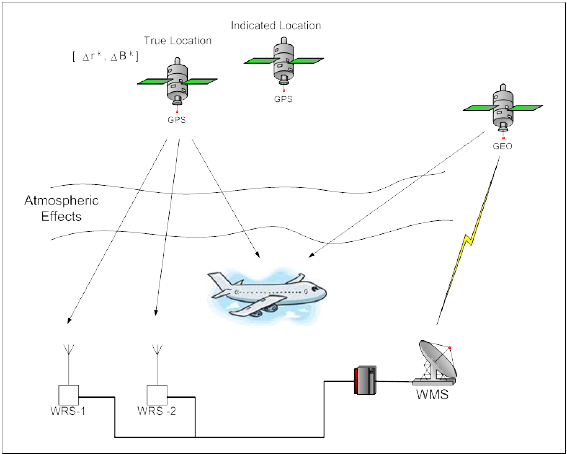Infrastructure as a Service (IaaS) is a form of cloud computing that provides virtualized computing resources over the internet. With IaaS, businesses can rent virtualized hardware resources, such as storage, networking, and servers, on a pay-as-you-go basis. This allows businesses to scale their IT infrastructure up or down as needed, without the need for large upfront investments in physical hardware.
In this article, we will break down the basics of IaaS, including what it is, how it works, and the benefits it offers to businesses. We will also address some frequently asked questions about IaaS.
What is IaaS?
IaaS is a type of cloud computing service that provides virtualized hardware resources over the internet. This allows businesses to access and use IT infrastructure resources, such as storage, networking, and servers, on a flexible and scalable basis. With IaaS, businesses do not need to purchase, maintain, or manage physical hardware, as everything is hosted and managed by the cloud service provider.
How does IaaS work?
IaaS works by allowing businesses to rent virtualized hardware resources from a cloud service provider. The provider hosts and manages the physical hardware, while businesses access and use the virtualized resources over the internet. Businesses can scale their IT infrastructure up or down as needed, paying only for the resources they use. This makes IaaS a cost-effective and flexible solution for businesses of all sizes.
What are the benefits of IaaS?
There are several benefits of using IaaS for businesses:
1. Cost-effective: With IaaS, businesses do not need to make large upfront investments in physical hardware. Instead, they pay only for the resources they use on a pay-as-you-go basis, making it a cost-effective solution for businesses of all sizes.
2. Scalable: IaaS allows businesses to scale their IT infrastructure up or down as needed, providing flexibility and agility to meet changing business demands.
3. Reliable: Cloud service providers offer high levels of reliability and uptime, ensuring that businesses can access their IT infrastructure resources whenever they need them.
4. Secure: IaaS providers offer robust security measures to protect data and applications hosted on their platforms, ensuring that businesses can operate safely and securely in the cloud.
5. Easy to manage: IaaS providers handle the management and maintenance of the physical hardware, allowing businesses to focus on their core activities without worrying about IT infrastructure.

Frequently Asked Questions about IaaS
How is IaaS different from other cloud computing services?
IaaS provides virtualized hardware resources, such as storage, networking, and servers, over the internet. This differs from other cloud computing services, such as Software as a Service (SaaS) and Platform as a Service (PaaS), which provide software applications and development platforms, respectively.
What are some popular IaaS providers?
Some popular IaaS providers include Amazon Web Services (AWS), Microsoft Azure, Google Cloud Platform, and IBM Cloud.
How can businesses benefit from using IaaS?
Businesses can benefit from using IaaS by reducing costs, increasing flexibility, improving scalability, and enhancing security and reliability in their IT infrastructure.
What are some common use cases for IaaS?
Common use cases for IaaS include web hosting, data backup and storage, disaster recovery, development and testing environments, and high-performance computing.
Conclusion
laaS is a cost-effective, scalable, reliable, and secure solution for businesses looking to leverage cloud computing resources. By renting virtualized hardware resources from a cloud service provider, businesses can access and use IT infrastructure resources without the need for large upfront investments in physical hardware. With its many benefits and use cases, IaaS is an essential tool for businesses looking to adapt and thrive in the digital age.
